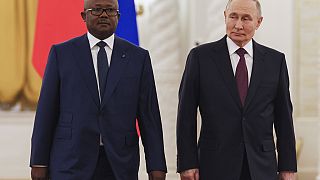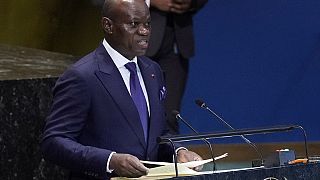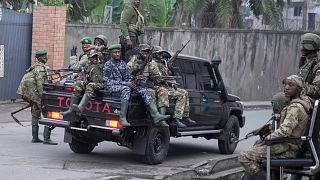UNICEF
Global childhood immunization coverage stalled in 2023, leaving 2.7 million additional children un- and under-vaccinated compared to pre-pandemic levels in 2019, according to WHO and UNICEF data. The latest estimates highlight the urgent need for catch-up efforts and system strengthening to close the immunization gap.
UNICEF Executive Director Catherine Russell emphasized the necessity for global efforts and investments in primary healthcare to ensure every child gets vaccinated. The data revealed that the number of children receiving three doses of the DTP vaccine stalled at 84%, with 14.5 million children missing their first dose.
More than half of the unvaccinated children are in fragile settings, vulnerable to preventable diseases due to disruptions in health services. Despite some progress, global immunization coverage has not returned to 2019 levels, with ongoing challenges like healthcare service disruptions, vaccine hesitancy, and access inequities.
Measles outbreaks, driven by low vaccine coverage, have impacted 103 countries, highlighting the need for improved immunization efforts. Conversely, strong HPV vaccine coverage saw an increase, particularly in Gavi-supported countries, reaching 27% of adolescent girls globally in 2023.
To meet the Immunization Agenda 2030 targets, increased investment in innovation and collaboration is essential, along with robust political and community support.











Go to video
Immunization at risk: Global health leaders urge action amid rising disease outbreaks
01:02
WHO member countries draft landmark preparedness treaty for next pandemic
Go to video
Africa off track on maternal mortality targets, UN warns on world health day 2025
01:01
Survivors still being found from Myanmar earthquake
Go to video
Global vaccine alliance says US has not confirmed it will end funding
Go to video
Sudan: Child casualties, malnutrition cases soar in war-torn Darfur